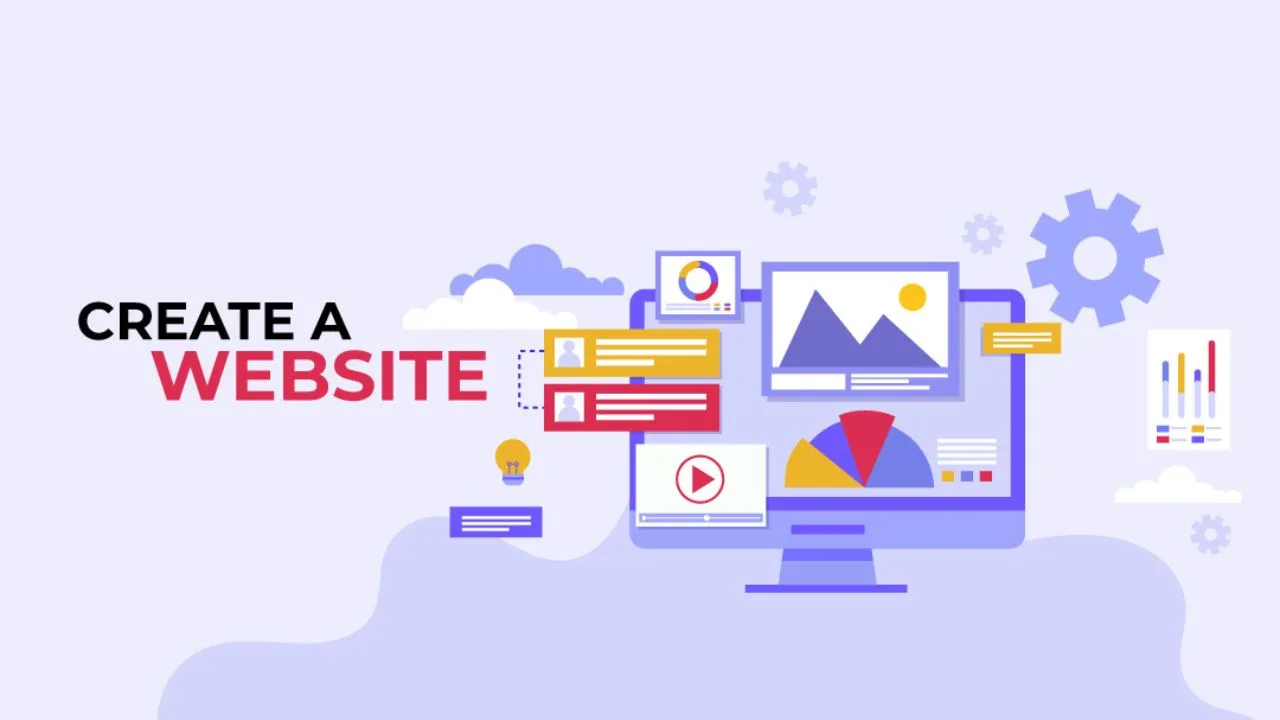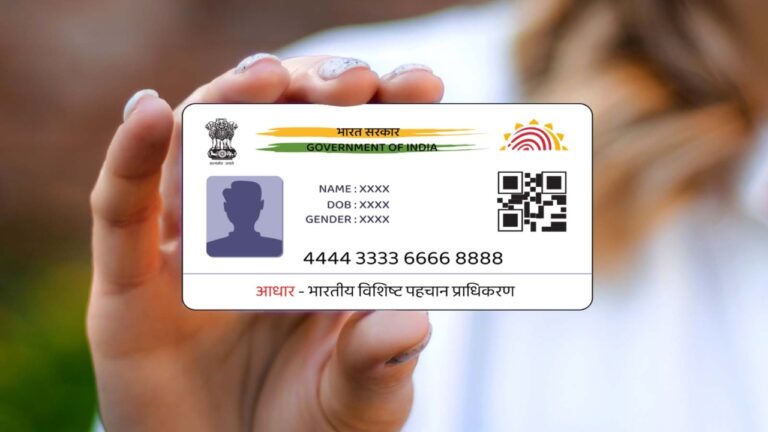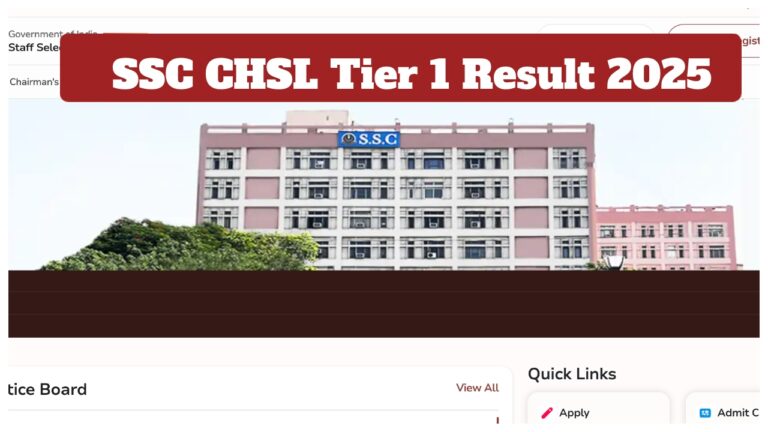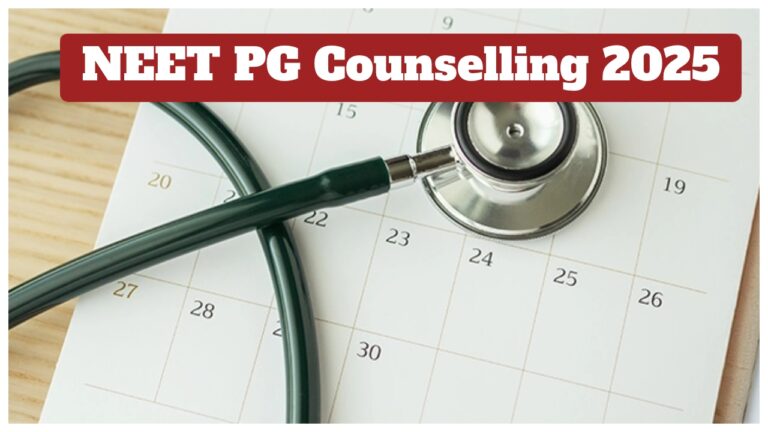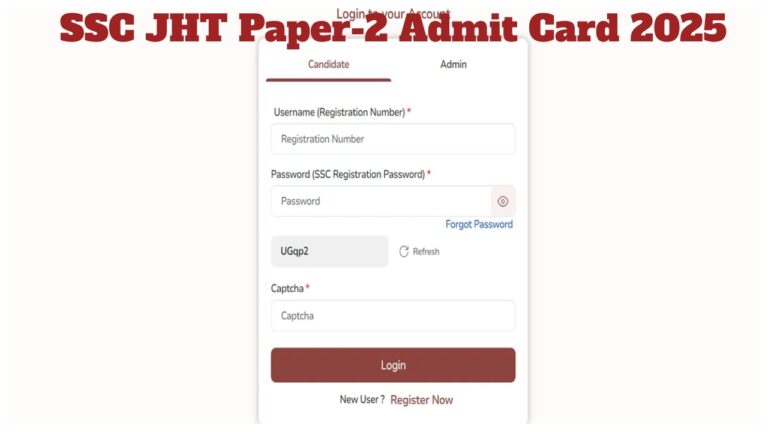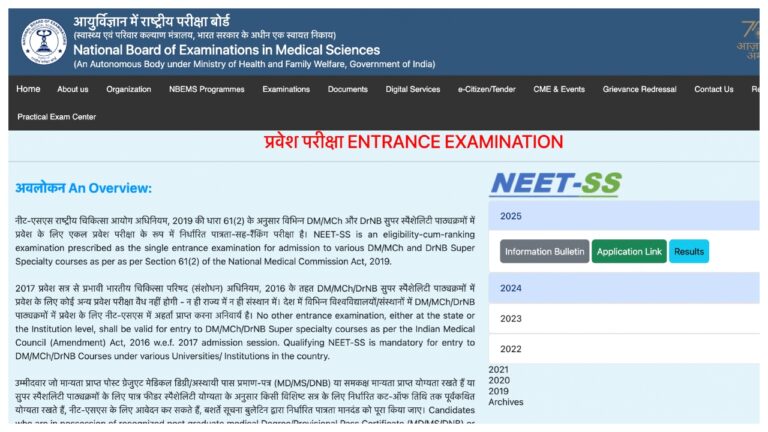Create a Website – No matter what type of site you want to make, your website should represent you or your business in the best light possible. This is often easier said than done; it’s not uncommon to get burned out when building a website from scratch or using a website builder.
1. Decide on Your Website’s Purpose
Before creating a site, you have to think about what you want to achieve. Once you understand the purpose of the website, it will help you a lot depending on your goals. There are different types of websites that you want to consider.
2. Choose a website builder
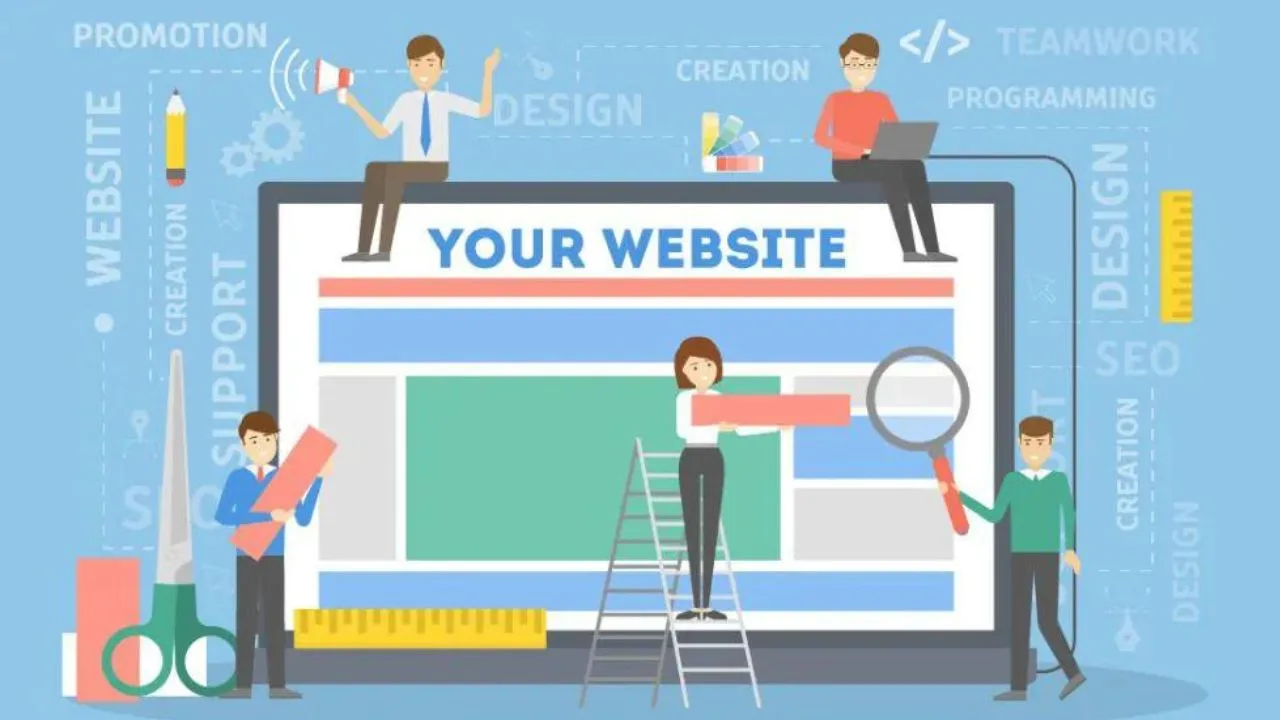
Once your goal is set, look for the best web design examples to help you visualize how your future site should look. An excellent site for inspiration as it contains multiple award-winning web designs.
3. Pick up your template
The visual layout is a very important element of your website. You should take the time to explore your options before settling on visual imagery and design. As you plan out your site, note what your competitor sites look like and check out other visual platforms, like Pinterest and Instagram.
4. Customize your web design
Now is the time when you can design your web. Think about establishing your brand with these additions.
5. Optimize for the User Experience
The next step is optimizing the website for a better user experience. Here are some important website elements to consider.
• Navigation -A simple navigation system encourages visitors to explore your website’s content
• Visual Hierarchy -In website design, visual hierarchy is the strategic arrangement of the page’s elements
• Page Speed -Site loading time is a crucial part of the overall user experience
6. Choosing a web design template or theme
• Determining the website’s color scheme
• Creating a logo
7. Add Content
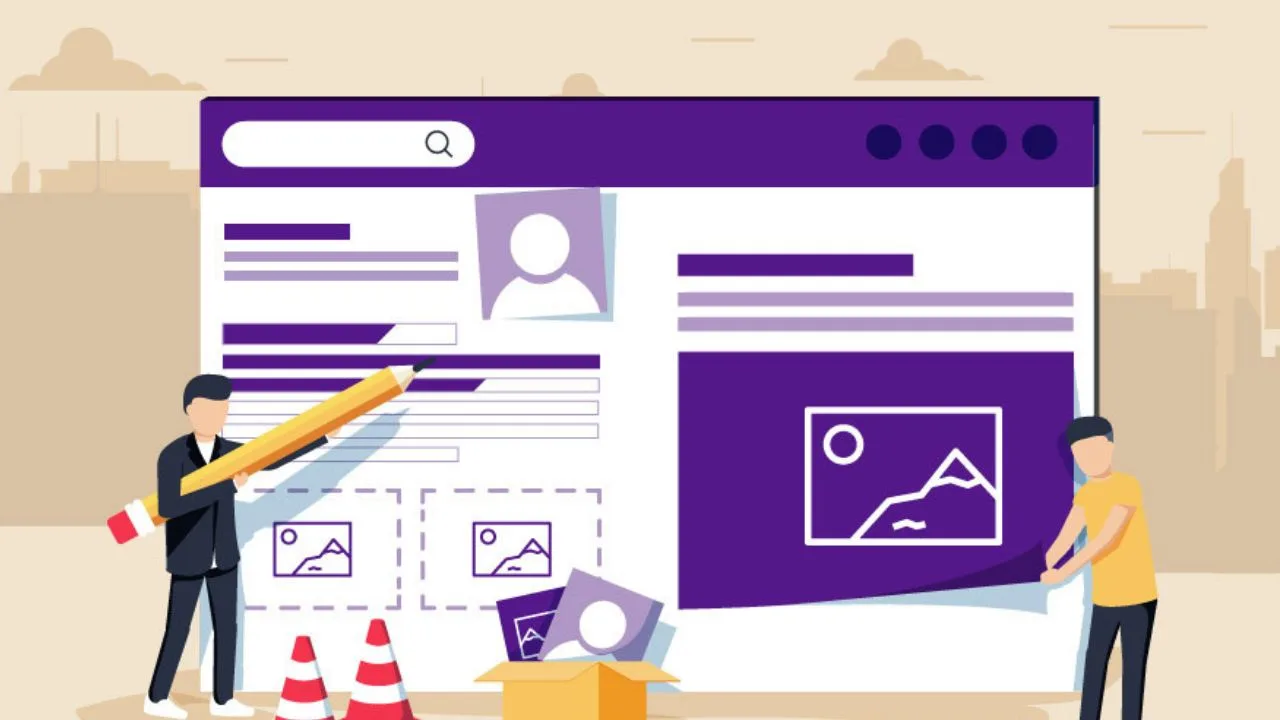
Content is key to any website.
• Home: This is a welcome page where you introduce visitors to the site.
• About: Information about you and your business
• Contact: Give details of how many people are in touch with you
• Blog: If you are writing articles then
Make sure your content is easy to read and relevant to your visitors.
8. Launch Your Website
Check whether everything is in order before launching the website. Once everything is in order with the website, you can upload it live by hitting the Publish button on the website builder, after which everyone will be able to see your site on the Internet.
9. Promote and Maintain Your Website
After launching, let the public know about your site. Share it on social media, through email and marketing channels. Keep updating your site with fresh content daily to attract visitors and boost search engine rankings.
Whether it’s for personal use or business, a well-designed website can be a powerful tool to reach your audience and achieve your goals.
